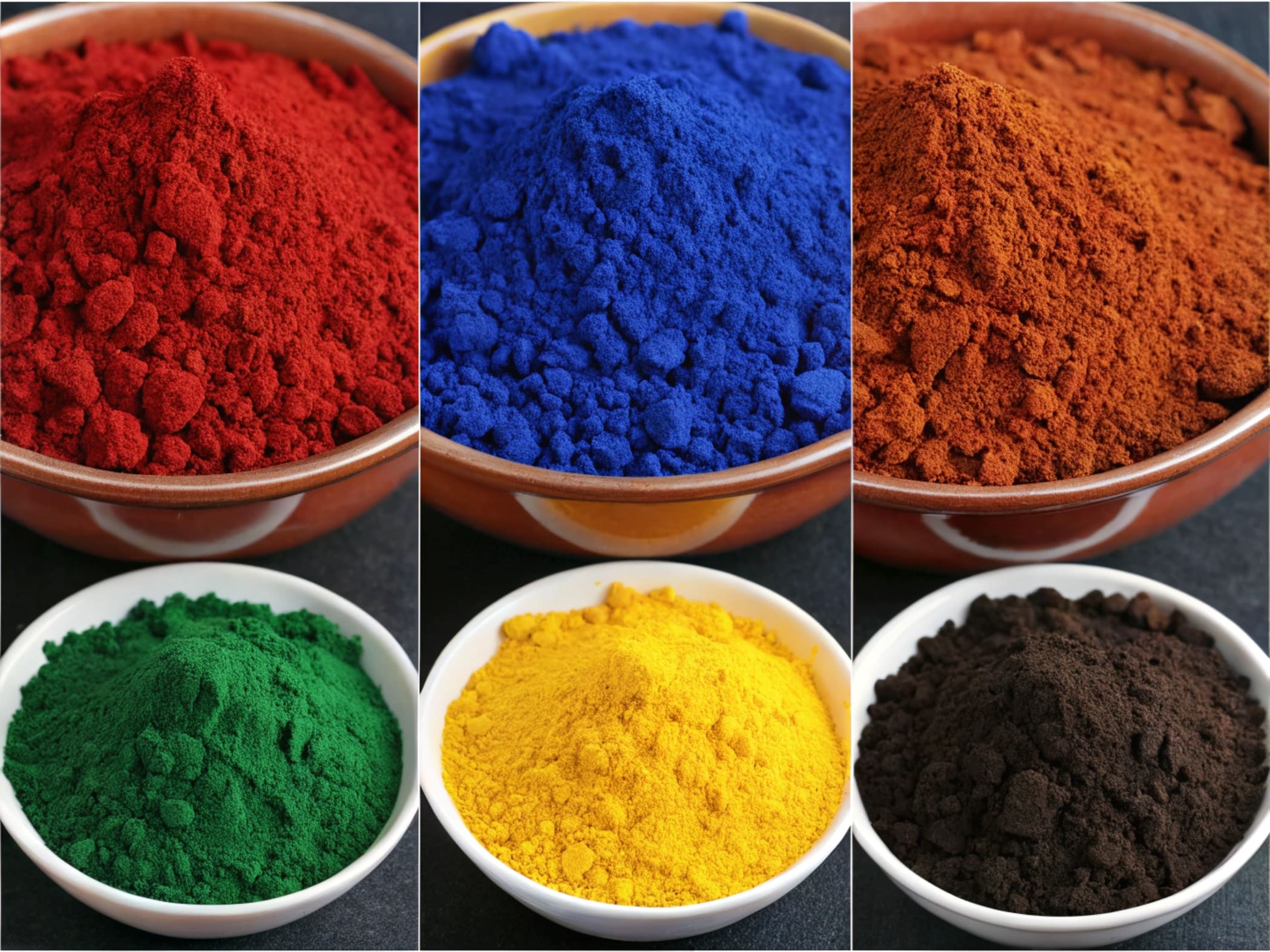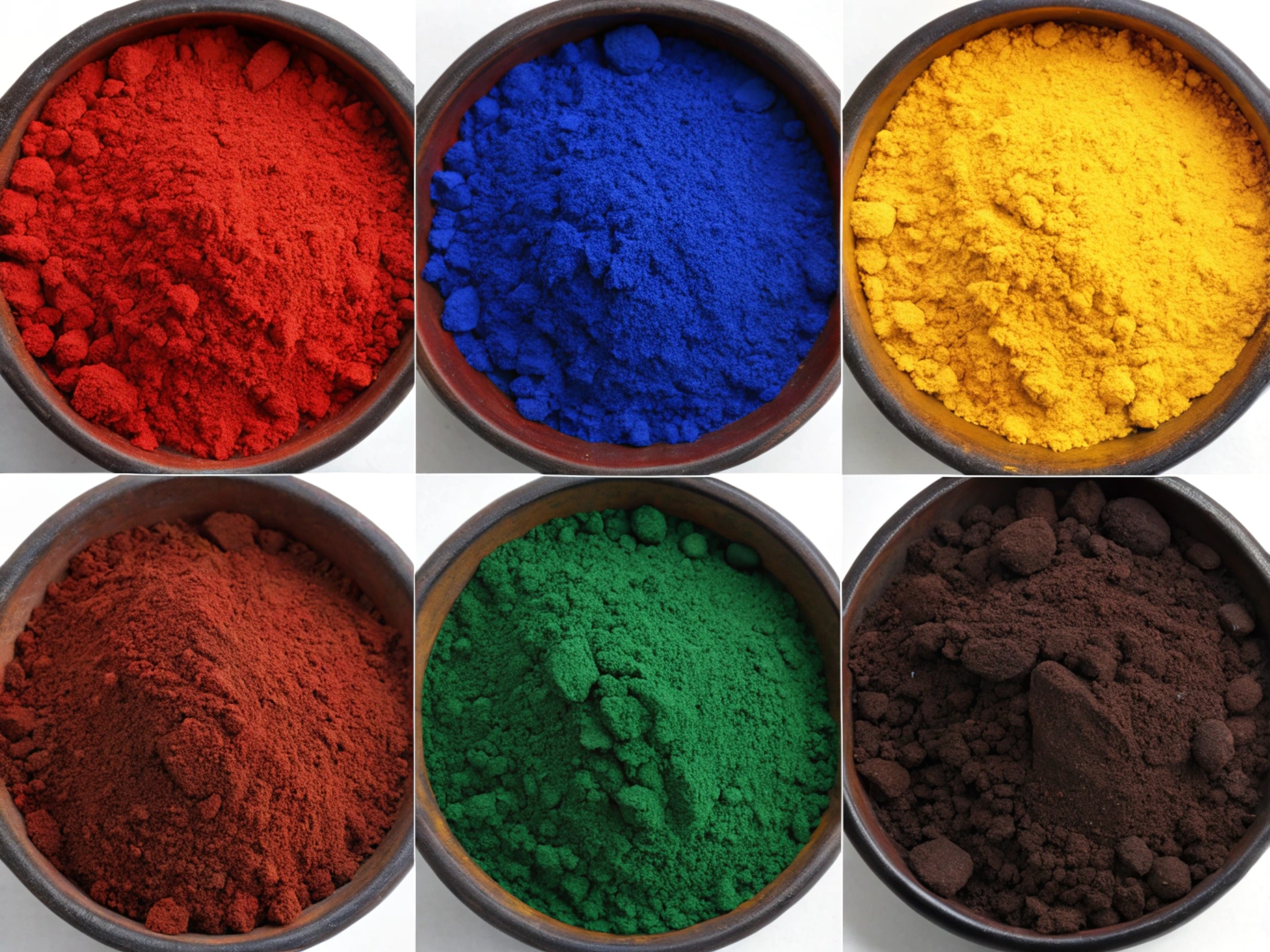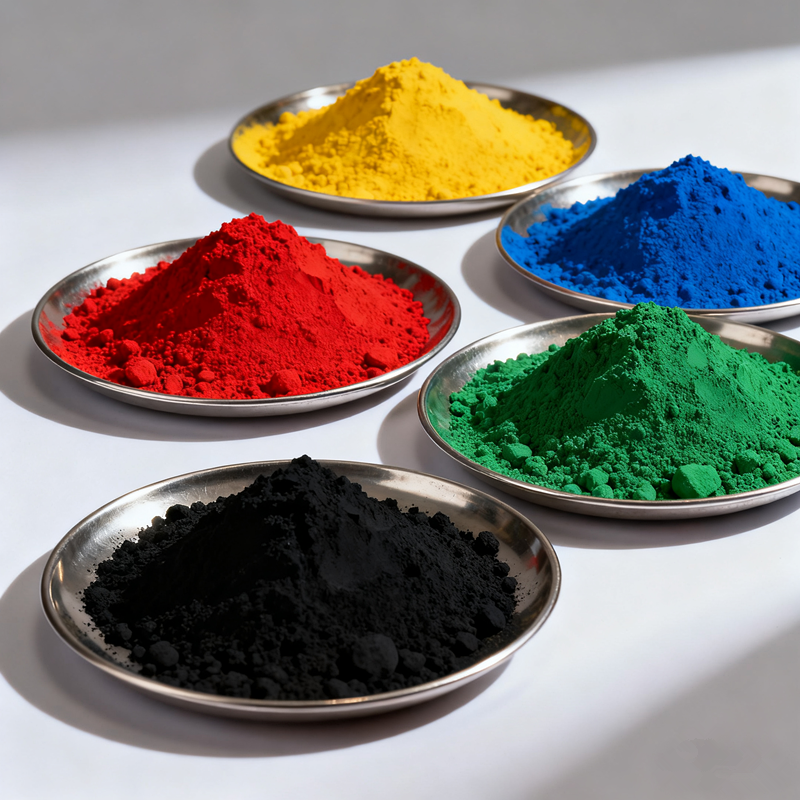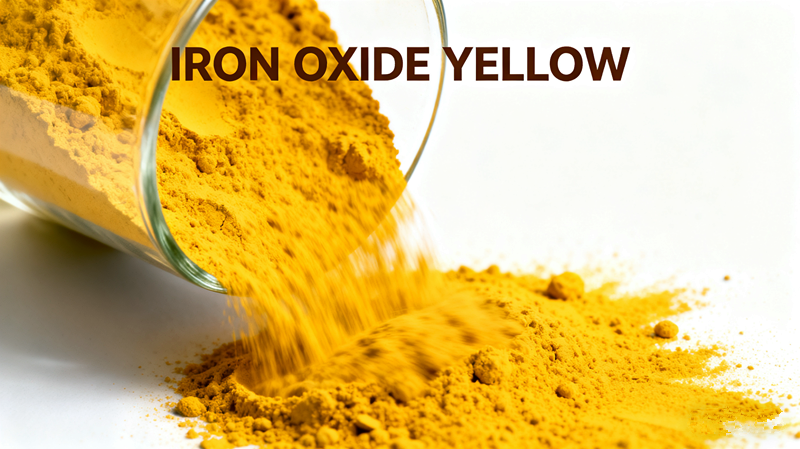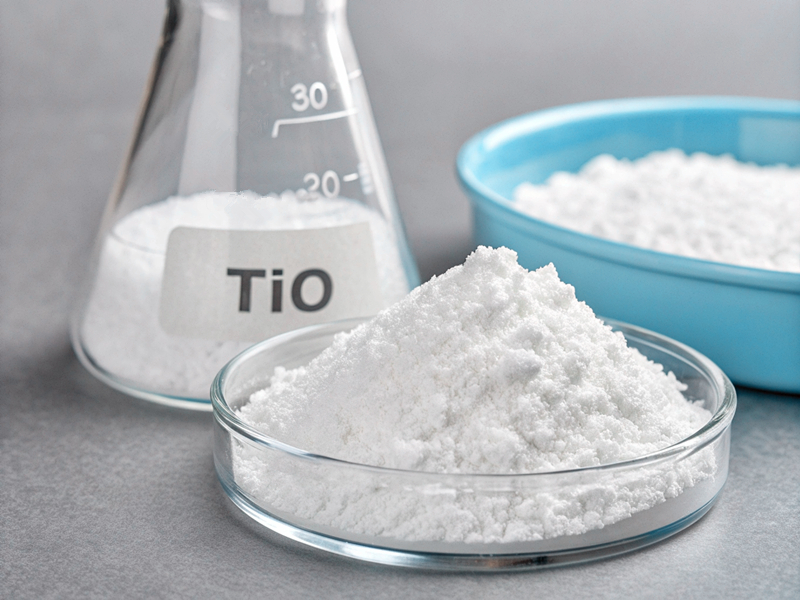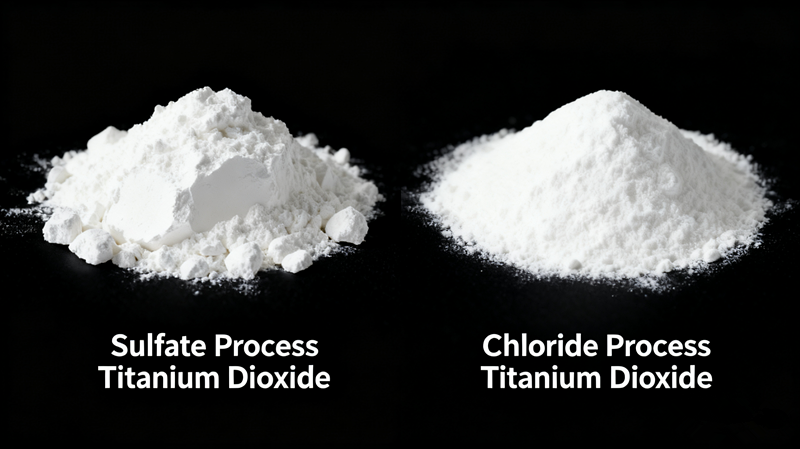As someone who works closely with iron oxide pigments, I’ve seen many factors influence their coloring performance. These pigments are widely used in bricks, concrete, coatings, and ceramics. But getting a strong, consistent color is not just about the pigment itself. It depends on several key factors—some visible, some hidden.
In this article, I’ll share the main factors that affect iron oxide pigment performance, based on real-world use. If you're in the business of brick coloring, concrete production, or pigment distribution, this guide will help you understand how to improve results.
1. Pigment Particle Size and Distribution
The particle size of iron oxide pigments directly impacts color strength. Finer particles usually give brighter, more intense colors due to greater surface area. But extremely fine particles may clump and reduce dispersion.
A consistent particle size ensures even coloring, especially in thin coatings or surface treatments. In my work, pigments with stable distribution always give better results in both dry mixes and wet systems.
2. Pigment Dispersion Quality
Even the best pigment won't work if it’s not well-dispersed. Poor dispersion causes uneven shading and lower tinting strength. The pigment must be mixed into the base material smoothly to show its true effect.
For water-based systems, I recommend using high-shear mixers. In concrete or brick manufacturing, dry blending must be carefully controlled to ensure even pigment coverage.
3. Pigment Concentration
More pigment doesn’t always mean more color. Each system has a saturation point—after which adding pigment won't change the color but might reduce product strength or raise production costs.
In my experience, most concrete products show the best color effect with 3–5% pigment dosage based on cement weight. Testing your mix is the only way to find the right balance.
4. Base Material Color and Composition
The base material plays a huge role in final color. For example, white cement creates brighter shades, while gray cement dulls them. The same pigment looks completely different on different bases.
The amount of cement used in a mix is critical because it is what the pigment content is based on. Start changing the amount of cement from batch to batch and you WILL get a color change.
For bricks and tiles, the mineral content and firing temperature also influence the result. Always test pigments in your actual mix instead of relying only on lab samples.
5. Moisture Content and Environmental Conditions
Humidity and moisture affect pigment flow and color development. Wet pigments can clump or form streaks during application, especially in powder-based systems.
Dry storage and stable humidity levels help protect pigment performance. I’ve seen better consistency in color when pigments are kept dry and processed in stable environments.
6. Processing Conditions
Color results also depend on processing conditions like heat, pressure, and curing time. In kiln-fired bricks, high temperatures can change the shade slightly. Some pigments darken, while others shift in tone.
Choose pigments based on how they react under your specific conditions. Matching the right pigment with the right process avoids unwanted color changes.
Final Thoughts
Iron oxide pigments are durable and cost-effective, but their coloring effect depends on many details—particle size, dispersion, dosage, base material, moisture, and processing.
If you want more consistent color in your bricks, concrete, or coatings, I recommend reviewing each of these factors in your production line. Even a small adjustment can make a big difference.
Looking for iron oxide pigments for bricks or concrete?
Visit XT Pigment to explore stable, industrial-grade options designed for long-term color performance. We’re here to help you get consistent results every time.


